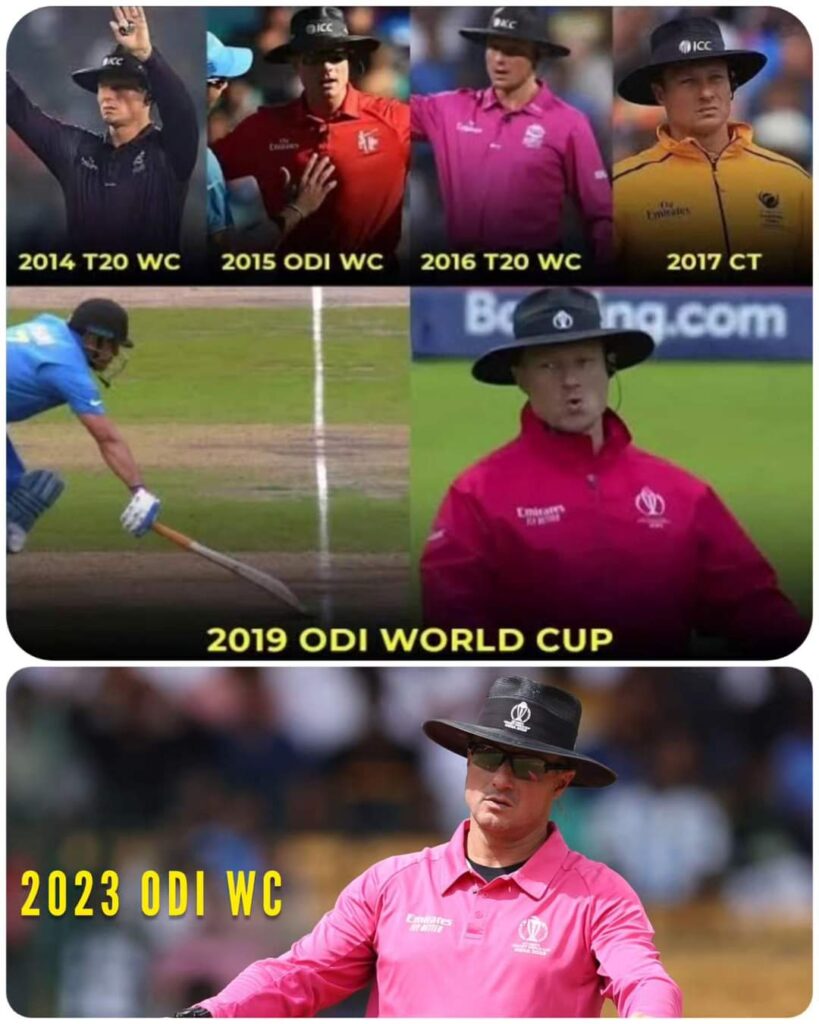The world of cricket has always been a theater of emotions, and among its cast, umpires often find themselves in the spotlight. In the aftermath of the recently concluded World Cup in India in 2023, one name that stirred both discontent and controversy was Richard Kettleborough. The seasoned umpire officiated in various capacities in 8 out of 9 matches, including finals and semifinals, that India lost, becoming the unintended focus of fan frustration.
As the final overs played out, Kettleborough’s decisions faced intense scrutiny, and the culmination of India’s World Cup campaign left fans disheartened. The hate and boos directed at the umpire were not merely expressions of disappointment; they were a manifestation of a cricketing nation’s collective frustration.
Kettleborough, who has a distinguished career as an international umpire, has often found himself under the spotlight during high-stakes encounters. However, the concentrated string of India’s losses in crucial matches, all officiated by him, has fueled a contentious narrative. Fans took to social media to vent their displeasure, criticizing decisions that they deemed pivotal in shaping the outcomes.
The umpire, who undoubtedly faces immense pressure in such high-profile tournaments, now finds himself entangled in a narrative that extends beyond the cricket field. The debate around the role of umpires in influencing match results has gained momentum, with discussions about the need for technology to play a more assertive role in decision-making.
In the wake of the backlash, cricketing authorities and fans alike are contemplating the broader implications of such instances. The animosity directed at Kettleborough points to the emotional investment of fans in the sport, highlighting the need for a nuanced conversation about the role and accountability of umpires in cricket.

Also Read: Akshay Wadkar Leads Vidarbha
Also Read: Gujarat’s Sports Startup Conclave Insights


